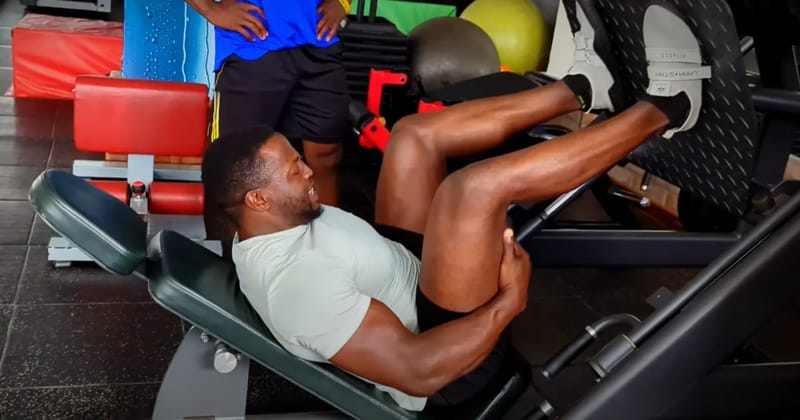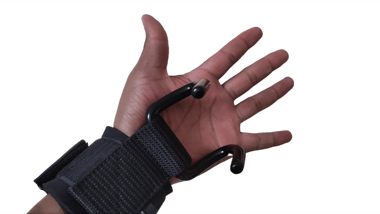Why Leg Day Is So Hard (And How to Make It Easier)
Leg day is brutal because you're training approximately three times more muscle mass than upper body sessions.
Leg day is brutal because you're training approximately three times more muscle mass than upper body sessions.
Leg day is brutal, and for a good reason. It often leaves you exhausted, with little to no incentive to do anything else.
If you've experienced this, don't blame yourself; it's completely normal and understandable.
The main reason you feel so depleted after training legs, compared to sessions for your back, chest, or even your entire upper body, comes down to anatomy.
Your lower body simply has much more muscle volume than your upper body.
In fact, the quadriceps femoris is the largest muscle group in the human body, with over twice the muscle volume compared to gluteus maximus, the largest single muscle.
For example, in men, lab measurements of untrained individuals show this data:
Lower body (total ≈ 4235 cm³):
For women, the pattern is similar, with the legs still dominating:
Lower body (total ≈ 3029 cm³):
In contrast, major upper body muscles in men total only about 1446 cm³:
Even when you combine all the major upper-body muscles (1446 cm³ for men), the total volume is still far less than quads alone (1791 cm³).
That's why a full leg day wipes you out much more than chest, back, or arms ever will.

Muscles require a lot of energy to contract and sustain tension. So, when you train your legs — especially with compound lifts that also recruit glutes and hamstrings — your body burns substantially more energy compared to training your upper body.
This is why you may feel completely drained after a heavy leg session, particularly if your nutrition isn't on point.
"Quad training likely has a disproportionately large effect on energy expenditure and any systemic factors."
Menno Henselmans, Exercise Scientist
If you often struggle with leg days, consider splitting them into two separate sessions if your schedule allows. For example:
This lets you hit each muscle group with enough intensity and mechanical tension to stimulate muscle protein synthesis (MPS) and growth, without overwhelming your system.
Another common mistake is overloading quads with multiple exercises while neglecting other big movers like the hamstrings, calves, and glutes.
Balanced programming ensures you train the entire lower body effectively, prevents imbalances, and reduces injury risk.
Here's a well-rounded leg day structure:
This approach ensures you target all the major leg muscles, not just your quads, while spreading out the energy demands more evenly.
However, if you run all of these with 5 sets each, you're realistically looking at 7 exercises × 5 sets × ~2–3 min per set (work + rest), which amounts to about 105 minutes. This is roughly two hours for a complete lower-body session.
Considering that most people like to combine all their lower-body exercises into a single day, it's important to fuel properly.
Aim for a meal rich in carbohydrates about two hours beforehand to ensure you have enough energy. A pre-workout supplement, if it fits your budget, can also be helpful.
Finally, make sure you consume enough protein throughout the day to support recovery and prevent muscle breakdown after such a brutal session. By following this approach, you'll maximize performance and recovery on leg day.
Essentially, leg day is exhausting because you're training approximately three times more muscle mass than during upper body sessions. This isn't a weakness; it's simply biology.
Editor's Note: Muscle volume measurements are from untrained individuals and may vary based on training status and genetics. Individual responses to training volume and intensity differ, so adjust recommendations based on your personal recovery capacity and goals.
Continue reading with these related fitness and health articles




Join the conversation!
Share your thoughts on "Why Leg Day Is So Hard (And How to Make It Easier)" below.